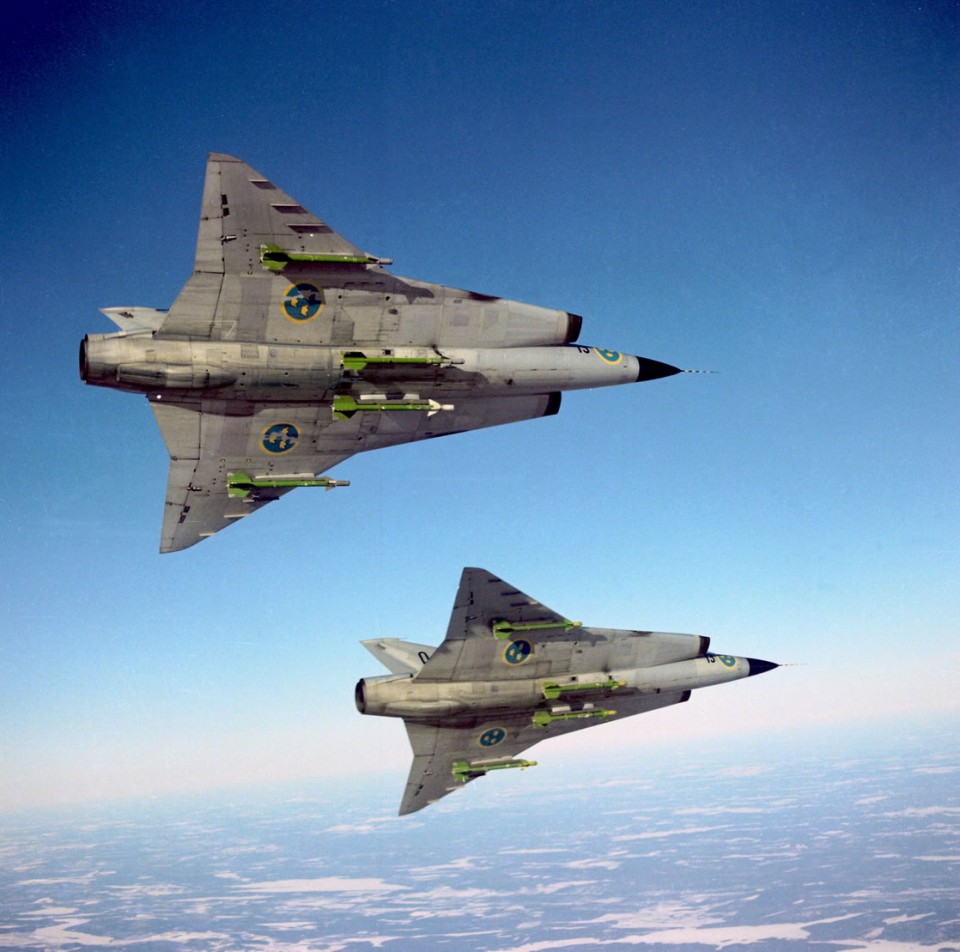

The fleet of eight will provide a higher capability to the RAF than the Hawk T1As, operating a FIAR Grifo air to air radar and radar warning receiver. The last L-159E ALCA 'Honey Badger' to be supplied to Draken - taken at Aero Vodochody's facility in the Czech Republic on May 27, 2019.
#Draken jet mod
The contract with the RAF is to commence on July 1, four months after the UK MOD retired its dedicated aggressor squadrons and its fleet of Hawk T1As at RAF Leeming and RNAS Culdrose. It is unclear when the other half of the fleet will arrive in the UK, but it expected to be in the latter term of 2022.
#Draken jet upgrade
This is to undergo an ADS-B upgrade and are expected to receive a new digital paint scheme before joining the first two at Teesside at the end of May. This arrival matches with Key.Aero’s report in April that the first two Honey Badgers would arrive in early May, the other two airframes (N264EM, and N265EM) are due to fly from Nellis AFB to Lakeland Linder International Airport in Florida where Draken International is based. One of Draken Europe's Falcon 20s is expected to depart Teesside at 16:30pm and meet up with the two Honey Badgers for an aerial photoshoot prior to their arrival at Teesside. The pair are due to arrive at Teesside at 18:30pm. ADS-BĪt the the time of writing, both aircraft are currently en-route to Prestwick airport in Scotland.

ARTIC1, N159EM leading the pair seen on ADS-B Exchange off the coast of Iceland on route to Prestwick in Scotland. Peter is also a Contributing Writer for Forbes.Just over a month after the announcement of Draken Europe’s three-year £100m interim contract providing red air ‘aggressor’ training to the RAF on April 8, two of the eight Aero Vodochody L-159E Advanced Light Combat Aircraft (ALCA) are expected to touch down today at Draken’s facility, Teesside International Airport in Northern England.Īlso known as the ‘Honey Badger’ the two L-159E airframes’ serials N159EM and N267EM departed the US, taking the transatlantic route of Greenland and Iceland, using the callsigns Arctic 1 and Arctic 2. He regularly writes about military hardware, and is the author of several books on military headgear including A Gallery of Military Headdress, which is available on. Now a Senior Editor for 1945, Peter Suciu is a Michigan-based writer who has contributed to more than four dozen magazines, newspapers and websites. While the aircraft never saw actual combat, it would have likely performed well in its interceptor role against Soviet bombers and more than held its own against the Soviet fighters of the era. The final Saab 35 Draken, in service with the Austrian Air Force, was only retired in 2005 – a testament to its effective design and capabilities.
#Draken jet series
The aircraft went through a series of upgrades, and in total 651 were produced. The aircraft was adopted by the Swedish Air Force and was later exported to Finland, Austria, and Denmark. It was one of the first Western European-built combat aircraft to exceed Mach 2 in level flight. It is now considered to be one of the most dramatic and demanding maneuvers but is typically only performed at air shows.ĭuring the Cold War, the Saab 35 proved to be an effective supersonic interceptor and capable dogfighter. The tradeoff is higher amounts of drag compared to typical swept-wing aircraft. The first is that delta wings have more internal volume for fuel than conventional wings, and can also be structurally stronger. Recognizable as the large, triangle-shaped wings that are widest at the rear and taper inwards closer to the nose of the plane, these offer numerous benefits. It was a radical design, and the Draken – which translates to “dragon” but was actually meant as “kite” for the shape of the wings – was the first aircraft to successfully employ the double delta wing design. Engineers at Saab had a radical idea for a new all-weather supersonic jet fighter, which was to become the Saab 35 Draken.Īircraft engineer Erik Bratt, along with a team of more than 500 technicians, had arrived at the idea of a unique “double delta” wing shape after studying different ways of packaging the fuel and equipment. The development of such an interceptor began soon after the Second World War, and it was a radical leap forward in aviation technology. The Swedish Air Force has foreseen the need for a jet fighter that could intercept bombers at high altitudes yet also be able to engage fighters. Saab 35 Draken Was Built to Fight Russia: Following the Second World War, Sweden maintained a policy of neutrality – yet at the same time expected that if war came it would most likely be against the Soviet Union.


 0 kommentar(er)
0 kommentar(er)
